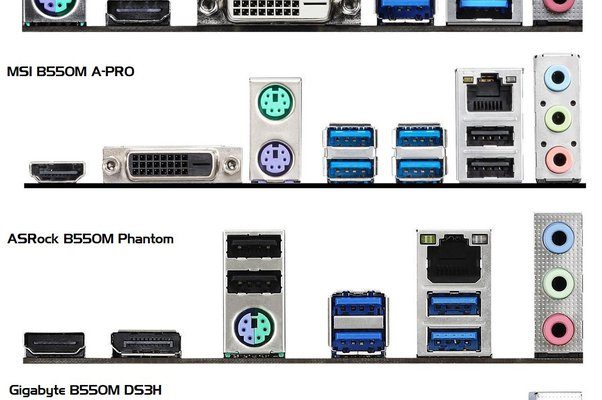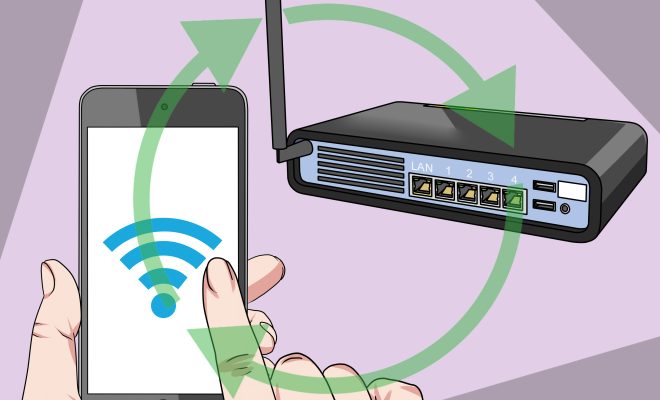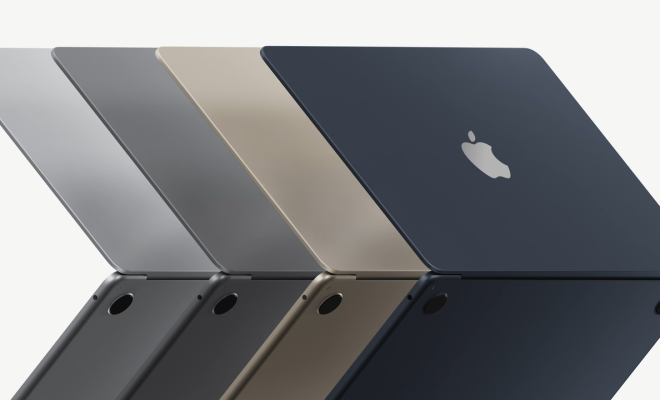What Is a PS/2 Port and Why Do Some Computers Still Have Them?

The PS/2 port, also known as the Personal System/2 port, is a type of connector found on some computers that is used to connect peripherals such as a keyboard or mouse. It was introduced by IBM in 1987 as part of their PS/2 line of computers, and became a standard feature on many PCs.
The PS/2 connector is a small, round six-pin connector that is typically colored purple for keyboards and green for mice. It is a serial interface, which means that data is transferred one bit at a time, rather than in parallel like with USB ports.
So why do some computers still have PS/2 ports when there are newer, faster, and more versatile options available, such as USB? The main reason is compatibility. Many businesses, government agencies, and other organizations have legacy systems and equipment that use PS/2 connectors, and upgrading to newer systems would require replacing all of those peripherals as well. This can be expensive and time-consuming.
Another advantage of PS/2 ports over USB is their ability to support multiple key presses at the same time, which is important for gamers and other users who require precise and accurate input from multiple keys. This is due to the fact that PS/2 ports use a dedicated IRQ line for keyboard input, allowing for faster and more reliable key detection.
In addition, PS/2 keyboards do not require a driver to be installed in order to function, whereas USB keyboards may require drivers to be installed before they can be used. This can be an advantage in certain situations, such as when installing an operating system or accessing the computer’s BIOS.
Despite their advantages, PS/2 ports are becoming less common as newer technologies such as USB and Bluetooth become more prevalent. Many newer laptops, for example, do not have PS/2 ports at all, and rely solely on USB and wireless connectivity for peripherals.






